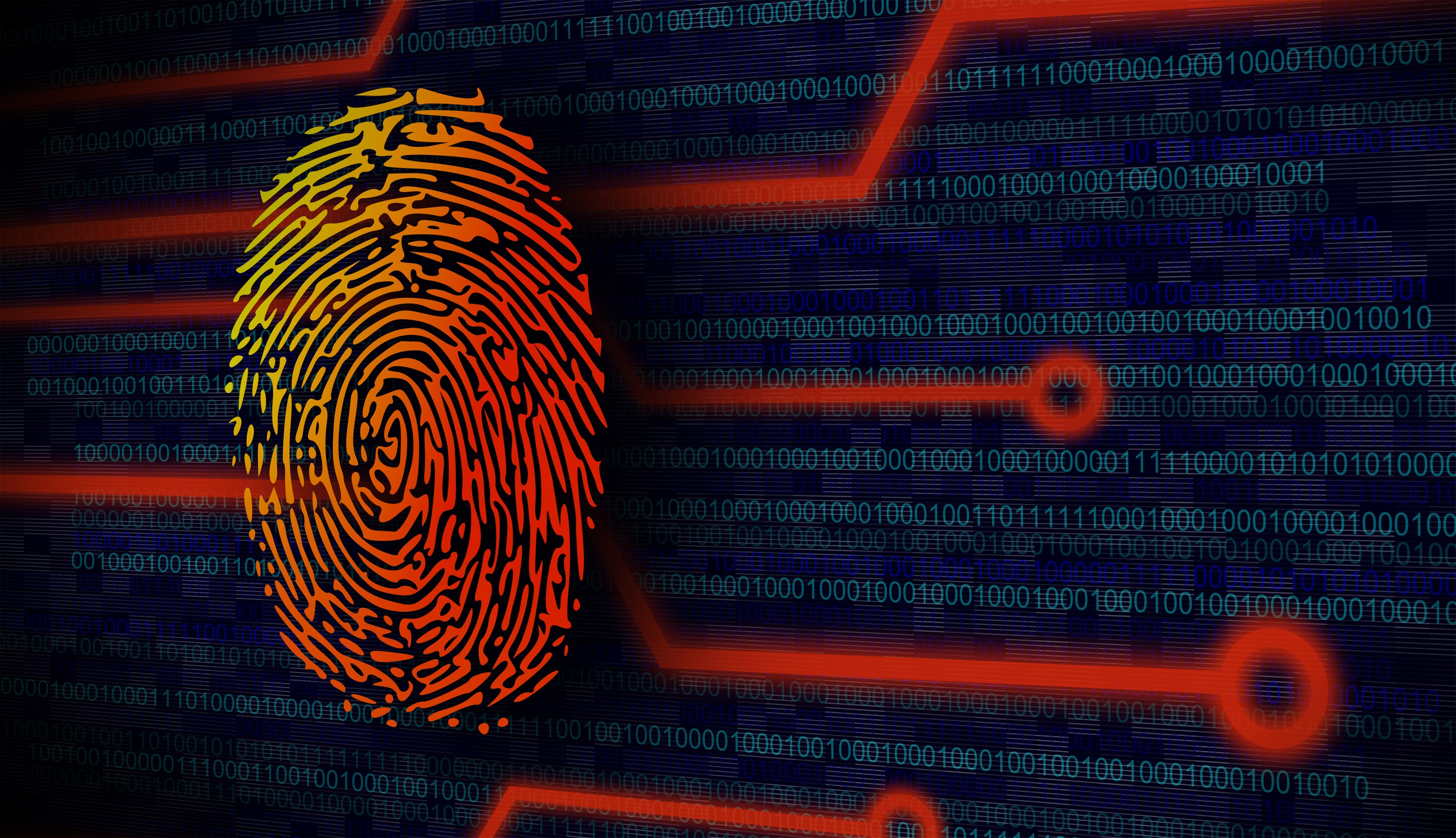Network Segmentation as a Ransomware Mitigation Strategy
At WEI we are always looking for new and comprehensive solutions to meet our customers’ changing security needs. According to Symantec’s 2015 Internet Threat Report, the number of ransomware attacks by cyber criminals more than doubled between 2013 and 2014. What can businesses do to avoid this? One piece of your comprehensive security puzzle should be to focus on network segmentation.



















